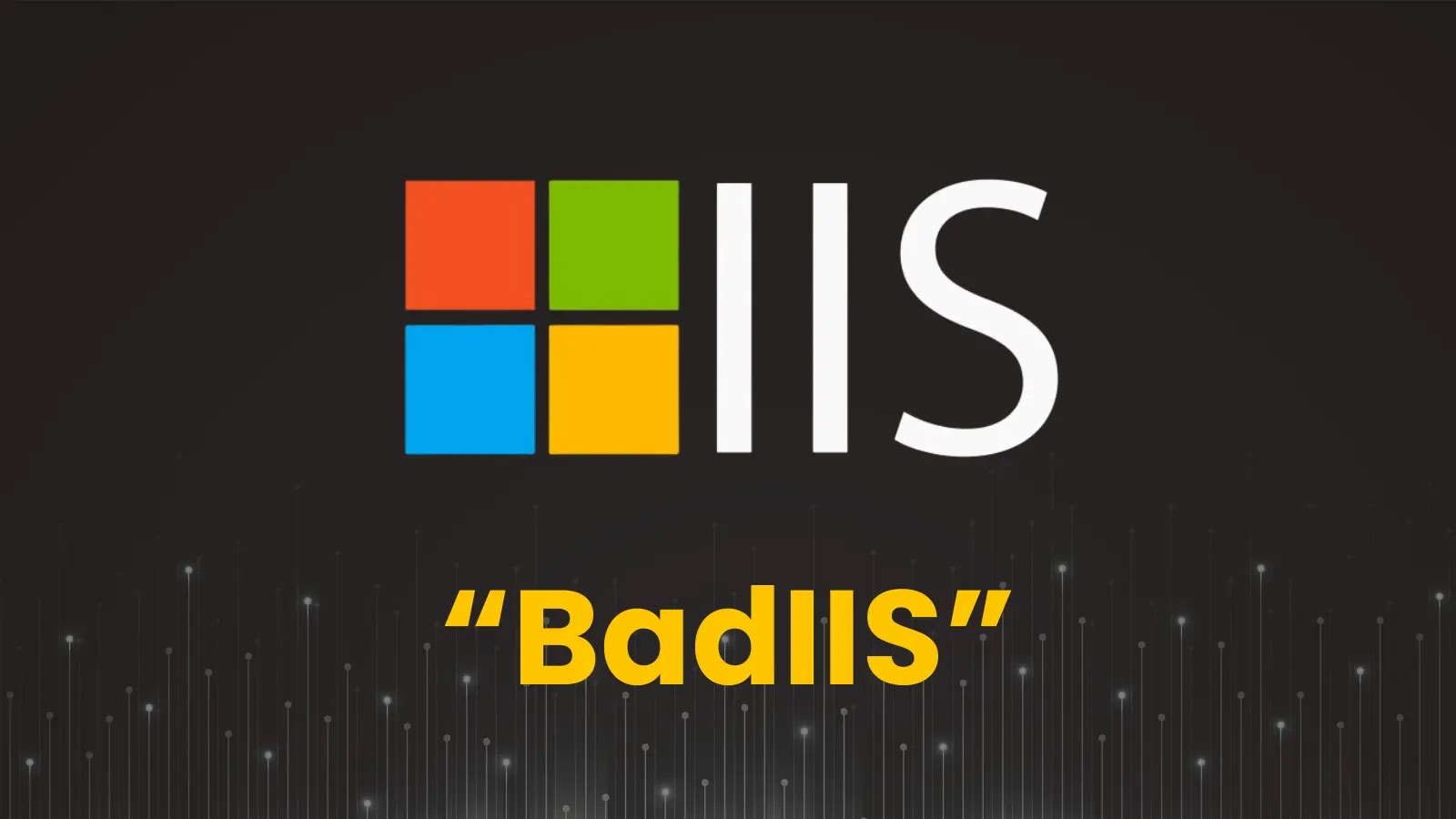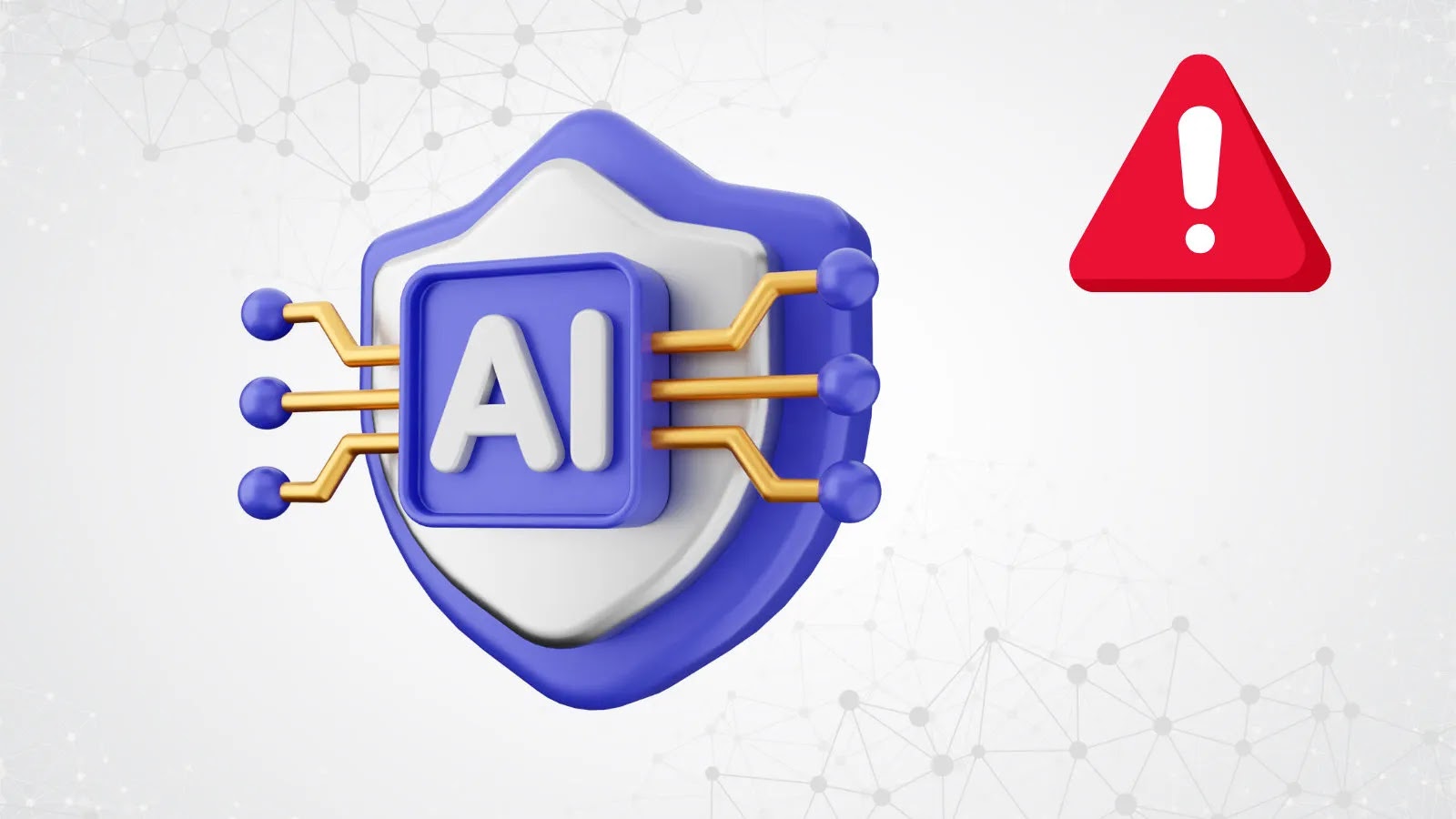In recent cybersecurity news, a large-scale attack has compromised approximately 20,000 WordPress websites, highlighting significant vulnerabilities in widely-used content management systems. This breach, orchestrated by a group known as Vextrio, illustrates the persistent risks faced by website owners and the evolving tactics employed by cybercriminals.
The attack strategy involved redirecting site traffic to malicious domains, an old but effective method to exploit unsuspecting users. This malicious redirection can lead to phishing websites or pages hosting malware, posing a threat not only to website operators but also to visitors. By leveraging weaknesses in plugins or themes, hackers infiltrate sites, often without immediate detection.
Cybersecurity experts have pointed out that many WordPress sites lack basic security measures, which makes them easy targets for such attacks. Common vulnerabilities include outdated software, weak passwords, and insufficient security plugins. These issues are exacerbated by the open-source nature of WordPress, which, while offering flexibility and a vast library of plugins, also presents numerous entry points for attackers.
The Vextrio campaign is particularly concerning due to its scale and sophistication. It underscores the need for website administrators to adopt a proactive approach to security. Regular updates, robust security settings, and continuous monitoring are essential to safeguard against such threats. Moreover, the increasing frequency of these attacks suggests that cybercriminals are becoming more adept at exploiting even minor oversights to launch large-scale attacks.
Beyond individual site security, this incident raises broader questions about the responsibility of plugin developers and the WordPress platform itself to ensure the security of their products. The community-driven development model of WordPress, while innovative, can sometimes lead to inconsistencies in security standards. Developers are encouraged to prioritize security in their design and to actively collaborate with security experts to identify and patch vulnerabilities swiftly.
For users, this breach is a stark reminder of the importance of cybersecurity hygiene. Simple steps such as using two-factor authentication, regularly updating passwords, and being cautious of suspicious emails or links can significantly reduce the risk of falling victim to such schemes.
In response to the attack, security firms are stepping up efforts to provide tools and services to protect websites. These include advanced firewalls, malware scanning, and automated updates to help mitigate the risk of attacks. However, the onus remains on website owners to remain vigilant and informed about potential threats.
The Vextrio attack serves as a critical wake-up call for the digital community. As the internet becomes increasingly integral to daily life, the importance of securing digital assets cannot be overstated. Cybersecurity must be a priority for everyone involved, from individual bloggers to large enterprises, to maintain trust and safety in the digital landscape.


